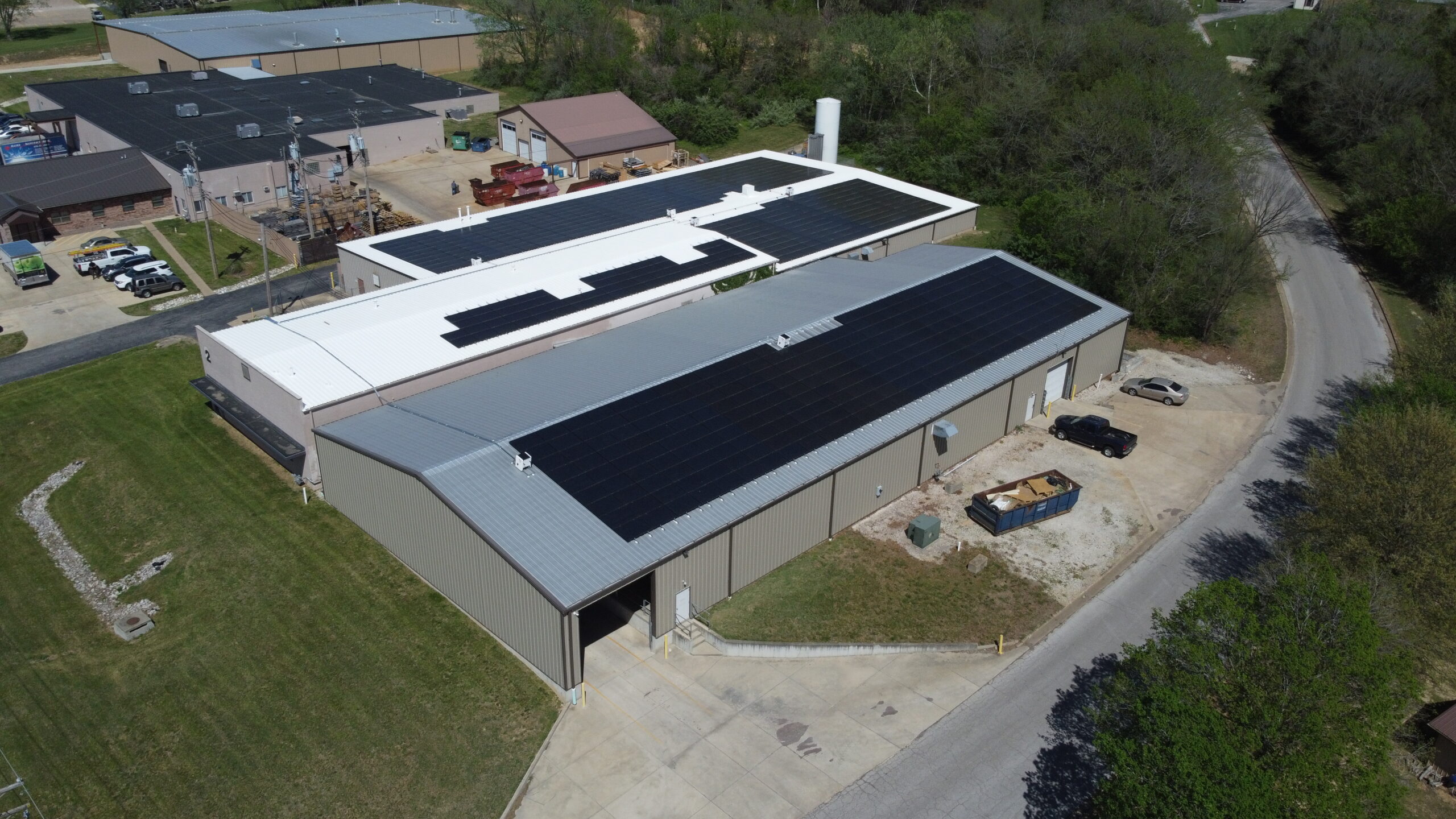When businesses think about controlling operational costs, energy expenses often top the list. For midsize and large companies, adopting solar energy isn’t just about sustainability—it’s a strategic investment that pays off in reduced utility bills, increased property value, and financial predictability. But how does the solar panel cost factor into this equation, and what’s the return on investment (ROI) for your business?
To make informed decisions, businesses need to understand the key factors influencing solar panel costs and how these translate into a solid return on investment. Let’s break it down.
Factors Affecting Solar Panel Costs for Businesses
1. System Size
The size of a solar panel system is measured in kilowatts peak (kWp) and determines the number of panels, inverters, and components needed. Larger systems cost more upfront but provide better economies of scale, reducing the cost per watt of electricity generated.
2. Types of Solar Panels
There are three main types of solar panels, each with varying costs and performance characteristics:
- Monocrystalline Panels: High efficiency and sleek appearance, but more expensive.
- Polycrystalline Panels: Moderate efficiency and slightly lower cost.
- Thin-Film Panels: Lower efficiency, lightweight, and ideal for unconventional installations, with lower upfront costs.
For businesses, monocrystalline panels are often preferred for their efficiency and space-saving benefits, despite the higher solar panel cost.
3. Installation Costs
Installation costs include several components:
- Labor Costs: Vary by location, installer expertise, and complexity of the project.
- Permitting and Inspection Fees: Local governments may charge fees for necessary permits and inspections.
- Roof Type and Condition: Flat roofs are generally cheaper to install.
- Electrical Upgrades: Some businesses may require upgrades to their electrical systems to support solar installation, which increases costs.
4. Equipment Costs
Beyond the panels themselves, essential equipment impacts the overall cost:
- Inverters: Convert solar energy into usable electricity. Options include string inverters (cost-effective) and micro-inverters (better for complex setups).
- Mounting Hardware: Includes roof, ground, or tracking mounts, with varying costs based on system type and location.
- Wiring and Components: Includes connectors, wiring, and other electrical materials necessary for a fully operational system.
Incentives and Financing Options to Increase ROI
1. Tax Incentives and Depreciation
- The Federal Investment Tax Credit (ITC) allows businesses to deduct 30% of solar installation costs from their taxes, significantly reducing net expenses.
- Many states and municipalities offer rebates, tax credits, and grants to reduce solar panel costs further.
- MACRS depreciation provides accelerated tax relief, improving affordability in the project’s early years.
2. Energy Savings
- Local electricity rates, usage patterns, and precision system design all impact energy cost reductions.
- Proper maintenance ensures optimal system performance over time.
3. Financing Options
- Loans: Solar loans spread the cost over several years, making the initial investment more manageable.
- Leases: Businesses pay a monthly fee to use solar systems, avoiding upfront costs but retaining fewer benefits.
- Power Purchase Agreements (PPAs): A third party owns and maintains the system, and the business pays only for the electricity used, often at a reduced rate.
Key Metrics to Calculate Your Solar ROI
ROI is a critical metric for businesses evaluating solar as a cost-saving strategy, and several methods can quantify the financial benefits of these investments.
- Payback Period: The time it takes for energy savings and tax incentives to cover the initial investment. Most commercial systems recover costs within 4–7 years.
- Lifetime Savings: Over 25–30 years, solar systems generate cumulative savings that far exceed their initial costs.
- Net Present Value (NPV): NPV represents the value of future savings in today’s dollars, helping businesses evaluate profitability.
- Internal Rate of Return (IRR): IRR measures the profitability of an investment. For example, a Kansas City property achieved an impressive 23.41% IRR through solar.
- Cost-Benefit Ratio: This simple measure compares upfront costs to total savings, providing a straightforward analysis of the project’s feasibility.
With a typical commercial solar payback period of 2–7 years, businesses can enjoy decades of reduced-cost electricity, providing substantial financial and operational benefits.
Pro Tips for Maximizing Commercial Solar ROI
To make the most of your solar investment:
- Conduct a Comprehensive Energy Audit: Analyzing current energy use ensures your system is designed for maximum efficiency.
- Utilize Financial Tools: Solar calculators can estimate savings and ROI over the system’s lifespan.
- Maximize Cost Savings: Take advantage of federal, state, and local programs to reduce upfront costs.
- Partner with Experts: Experienced providers like Artisun Solar deliver tailored designs and seamless project management.
- Prioritize Maintenance: Regular system maintenance extends lifespan and ensures reliable performance.
Take Control of Your Energy Costs
Investing in solar isn’t just a cost—it’s a strategic move to reduce operating expenses and achieve predictable energy costs for years to come. By understanding commercial solar’s ROI and working with a trusted provider like Artisun Solar, your business can achieve significant financial benefits.
Start your solar journey today—schedule a no-obligation solar assessment to see how solar panels can drive savings and support your financial goals.
Learn more by checking out our Guide To Solar Savings: Understanding the ROI and Benefits of Commercial Solar Energy





